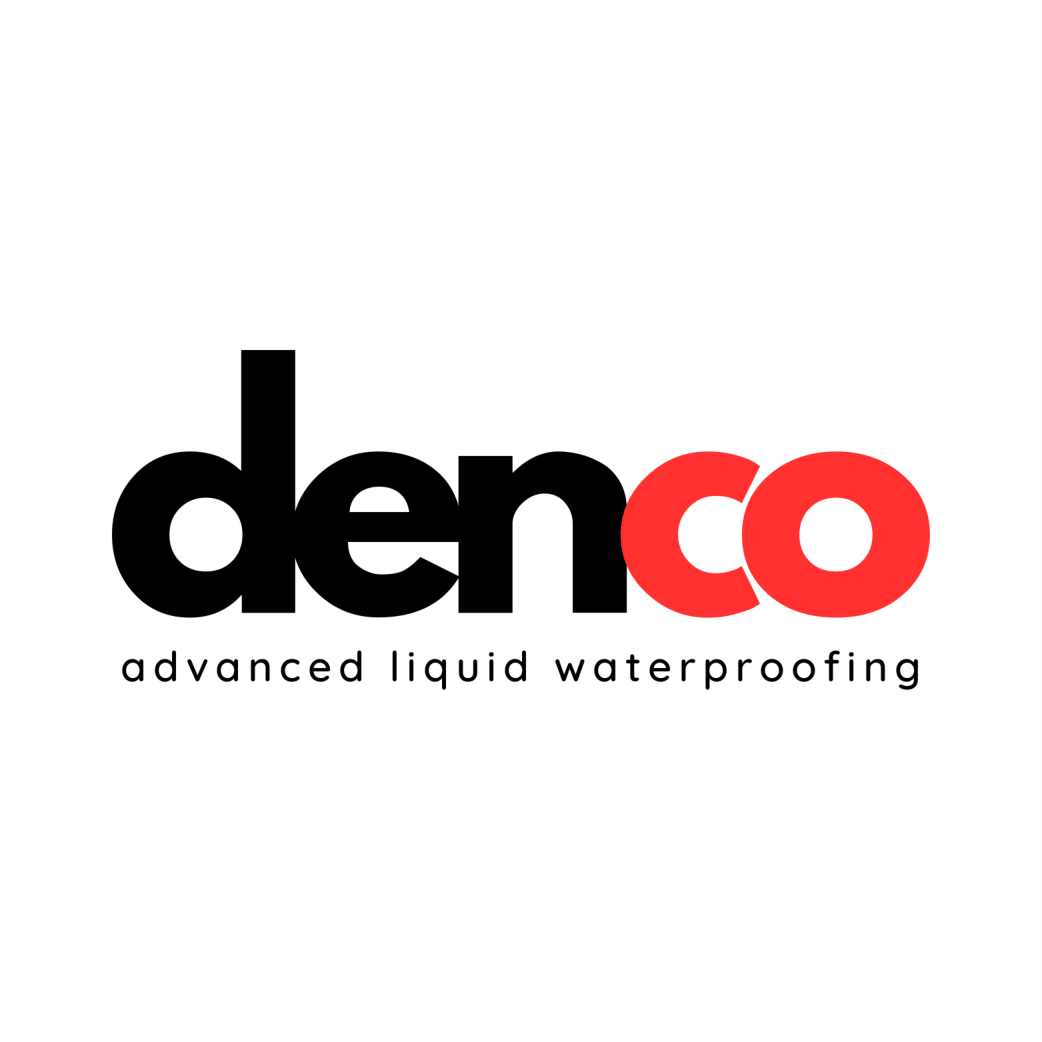Liquid Waterproofing
Liquid waterproofing involves applying a fluid-based coating to create a waterproof barrier. It protects various surfaces including roofs, balconies, stairways and foundations from water damage.
The importance of liquid waterproofing.
Liquid waterproofing plays a crucial role in maintaining the integrity of buildings. It prevents unwanted moisture that could potentially lead to damage, this protection proves essential for a building’s longevity.
Jump On
Protection Against Water Damage
Water damage can have severe consequences for any structure.
Prevents mold
Liquid waterproofing stops mold growth.
Protects the foundation
It keeps the foundation of the building strong.
Avoids costly repairs
With waterproofing, one prevents expensive future repairs.
Seamless Application
Liquid waterproofing allows for a flawless seal over surfaces. It covers every nook
continuous layer
Creates a continuous layer over irregular shapes.
Adapts to building movements
The flexibility of the material absorbs shifts and cracks.
quick and easy application
This minimizes downtime during installation.
Types Of Liquid Waterproofing
Liquid waterproofing offers many solutions. It protects buildings from water damage. Understanding the types of liquid waterproofing is crucial for choosing the right protection for any project. Let’s examine the common types used in construction and maintenance.
Polyurethane coatings are distinguished by their durability and flexibility. They adapt well to temperature changes and can withstand the wear and tear of foot traffic. These coatings are a popular choice for roofs and decks used on various surfaces.
- Excellent adhesion to multiple substrates
- Highly resistant to abrasion and weather
Elastomeric properties allow for expansion and contraction
Polyurethane coatings are distinguished by their durability and flexibility. They adapt well to temperature changes and can withstand the wear and tear of foot traffic. These coatings are a popular choice for roofs and decks used on various surfaces.
- UV resistant, reducing thermal degradation
- Water-based options offer easy cleanup and low odor
Requires reapplication in the long-term for optimal performance
The cementitious waterproofing method is renowned for its simplicity in application and robust nature. Commonly used in internal wet areas like bathrooms, these coatings are a blend of cement and waterproofing agents.
Advantages Of Liquid Waterproofing
Exploring home improvement solutions often leads to the discovery of liquid waterproofing. This innovative method seals surfaces from water damage. It works well on roofs, walls, and other areas needing protection. Understanding its benefits ensures savvy choices for long-lasting results.
Flexibility
Liquid waterproofing stands out for its flexibility. Unlike rigid materials, it stretches over surfaces with ease. This feature is vital, as buildings can move and settle over time. The product moves with the structure, maintaining its integrity against leaks and cracks.
Durability
Durability is a standout feature of liquid waterproofing. Once set, it provides a robust barrier against harsh weather conditions. It resists UV rays, which helps it last for years without needing frequent maintenance.
Applications Of Liquid Waterproofing
Liquid waterproofing has revolutionized the protection of various building parts from water damage. This versatile solution creates a seamless barrier on surfaces. Contractors and DIY enthusiasts prefer it because it’s easy to apply and very durable.
Roofs
Liquid waterproofing shines on roofs, where it forms a flexible, long-lasting membrane. It manages to keep water out even in the toughest climates.
Flat Roofs
Prevents pooling and seepage, making it ideal for all flat surfaces.
Pitched Roofs
Works on slopes, adapting to roof movements and temperature changes.
Dome Roofs
Contours easily to round shapes, maintaining integrity against the elements.
Basement Membrane
In basements, membrane waterproofing serves as a stalwart defense against water infiltration, crucial for areas prone to dampness.
Foundation Walls
Shields concrete from moisture, preventing seepage into the basement.
Flooring
Creates a barrier against groundwater, safeguarding against flooding.
Crucial Intersections
Ensures watertight seals at joints and corners, thwarting leaks.

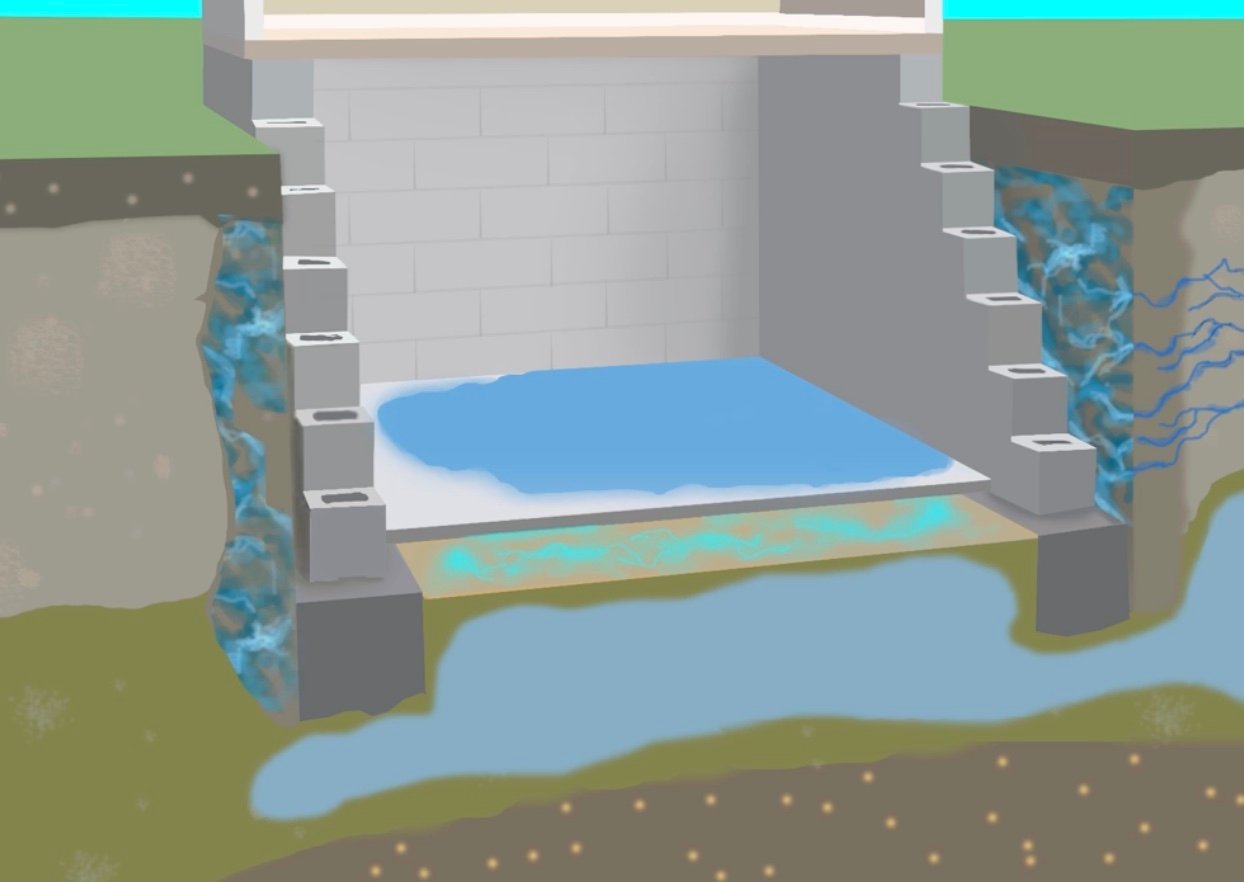
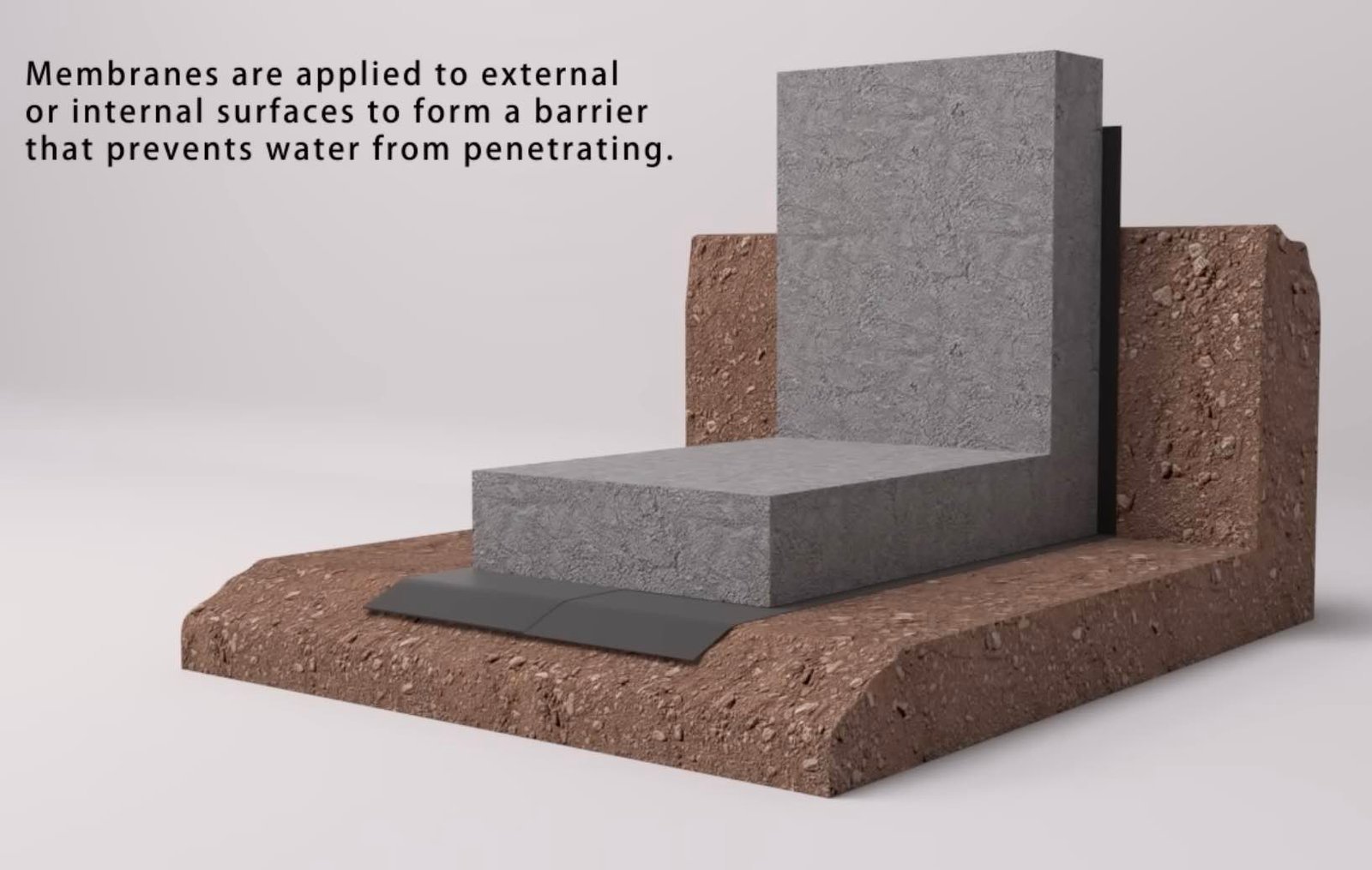
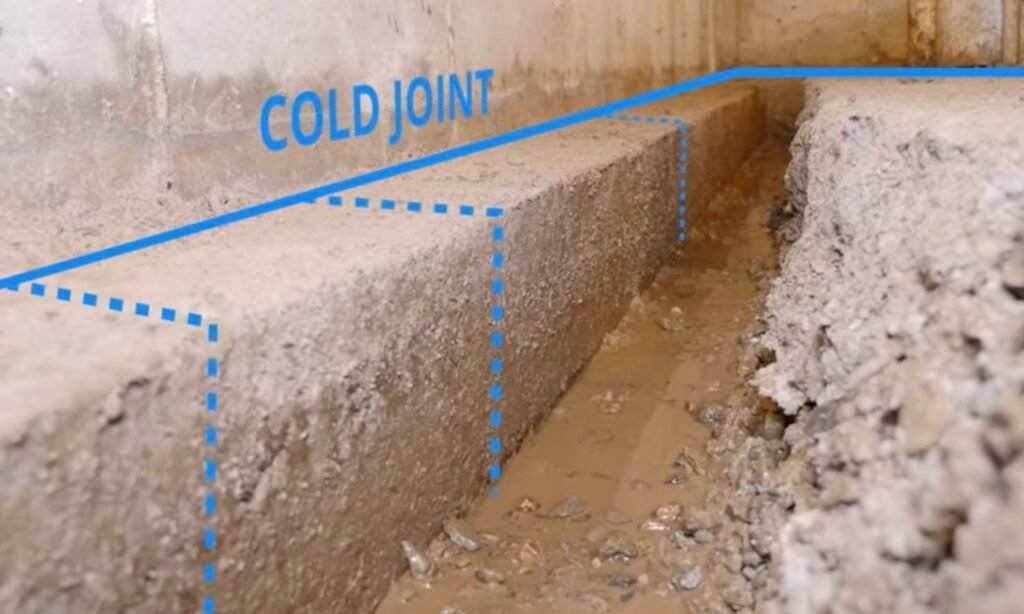
Foundations
Foundations need robust protection, and liquid waterproofing provides an impenetrable barrier. It safeguards against soil moisture and harmful chemicals.
Common liquid waterproofing mistakes to avoid
Liquid waterproofing keeps your building safe and dry. It is like a magic layer that blocks water. But, a small mistake can lead to leaks. Learn common mistakes to avoid and keep your building happy and waterproofed!
Incomplete Surface Coverage
Missing spots during waterproofing is like leaving windows open in a storm. Cover every inch. Here are some tips to ensure complete coverage:
Use a roller or brush to spread evenly.
Check corners and edges twice.
Apply a second coat if unsure.
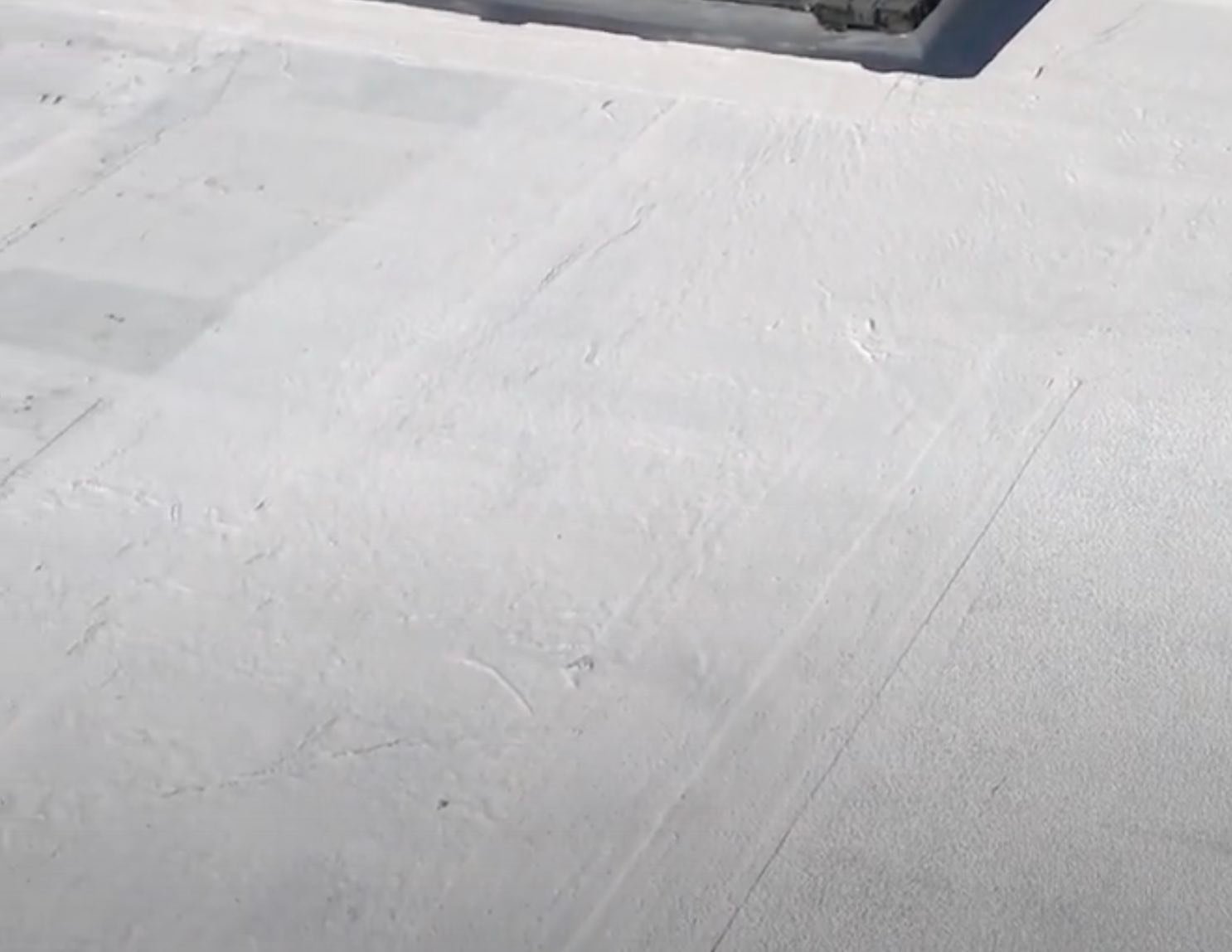
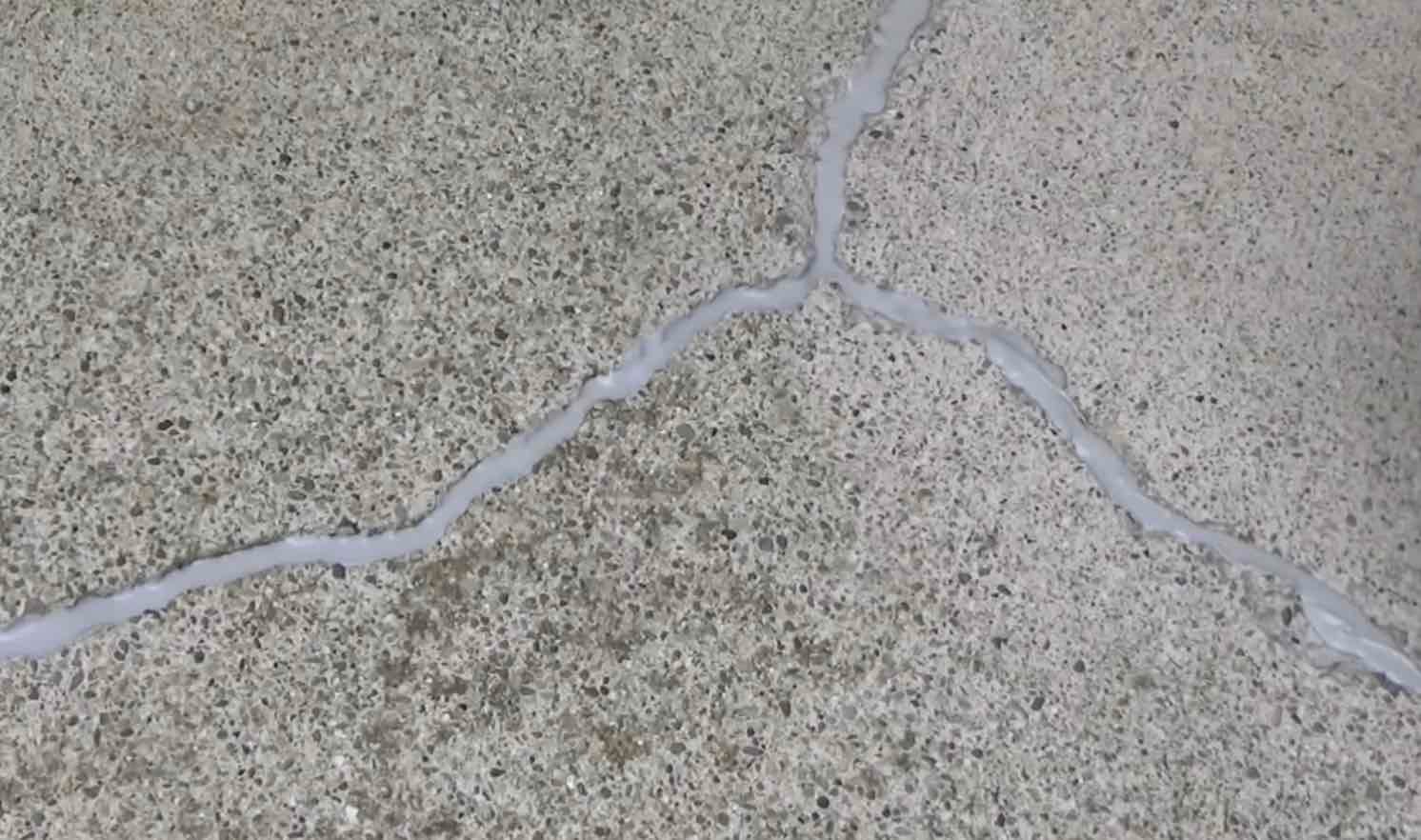
Ignoring Cracks and Joints
Cracks and joints are potential leak spots. Do not ignore them. They must be sealed properly. Follow these steps:
Inspect for cracks before starting.
Use a sealant or filler for gaps.
Recheck after the first coat dries.
Maintenance and longevity of liquid waterproofing
Liquid waterproofing systems offer excellent protection for various surfaces. These systems shield buildings from water damage. Proper maintenance ensures they last long. Let’s dive into the essential care practices for liquid waterproofing systems.
Regular inspections
Upkeep begins with regular inspections. Frequent checks can spot issues early. They prevent big repairs later. Experts recommend inspecting waterproofed areas twice a year. After extreme weather, extra inspections are wise.
- Check for cracks or peeling
- Look for water pooling
- Examine for mould or mildew growth
This routine will help catch signs of damage promptly. Early detection means quick fixes. It avoids costly downtime.
Repair and recoating
If inspections reveal any damage, quick repair is critical. Damaged areas need cleaning and drying. Apply a new coat of liquid waterproofing to these spots. Recoating adds years to your waterproofing system. It restores the protective barrier.
Remember to use the same type of liquid waterproofing product. This ensures compatibility. Regular maintenance keeps your waterproofing system effective for many years.
Future trends in your liquid waterproofing
The way we protect our buildings from water damage is changing fast. New methods pop up every year. They make our roofs and walls last longer and harm nature less. In this blog post, we’ll look at the coolest new trends in liquid waterproofing. These trends will make buildings safer and the planet happier.
Green and sustainable options
Eco-friendly waterproofing is the future. More companies want products that don’t hurt the earth. This means making waterproofing from stuff that grows back or can be recycled. Some options can even clean the air, which is super cool!
Water-based materials replace ones that are bad for the air.
Plant-based materials are popping up. They are strong and don’t rot easily.
Recycled materials are being used more. They save precious resources.
Green roofs are also big news! These roofs are like gardens. They keep buildings cool and give critters a place to live.


Smart Coating Technologies
Tech is taking over, even in waterproofing. Smart coatings can talk to computers. They tell us when there’s damage or if they need to be replaced. This means we can fix problems before they get big. It saves money and keeps buildings safe.
With smart coatings, buildings get a shield that thinks and acts on its own. How awesome is that?
Common questions about liquid waterproofing
Which liquid waterproofing is best?
What is liquid waterproofing?
How long does liquid waterproofing last?
What is liquid applied membrane?
Is liquid waterproofing membrane good?
Contact denco liquid waterproofing today
Liquid waterproofing stands as a resilient solution for protecting structures. It adapts to varied surfaces, ensuring long-lasting defense against moisture. It has easy use and is very durable. It’s a great choice for smart builders and homeowners. Embrace this new method. Watch as your investment withstands time and weather.
For the best liquid waterproofing service for your property, we have a team of experts available to assist you at any time.
Get in touch
Ready to upgrade your waterproofing? Contact denco Liquid Waterproofing for expert service and premium quality.
Location
Unit 3a, Veka Building, Manor Way,
Swanscombe, Kent. DA10 0LL
Email us
denco.waterproofing@gmail.com
Call us
01689 824550
07921 517860

